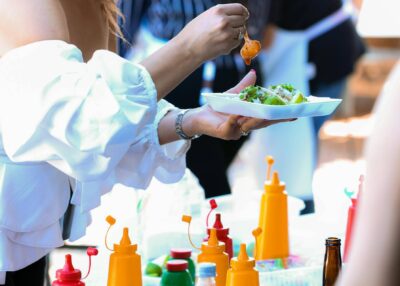20 Tips for Taste and Food Handling Events during COVID-19
Because of the coronavirus, events have transitioned to online and live streamed experiences. But what about taste and food events? How can you stream or virtually create the smells of food being served? Events based on food and beverages are facing different obstacles and using an online service isn’t an option for them; unless it’s a cooking show or competition.
How can you continue running your events or showcasing your food during COIVD-19? It’s not impossible, but needs to be handled with great caution and exquisite planning.
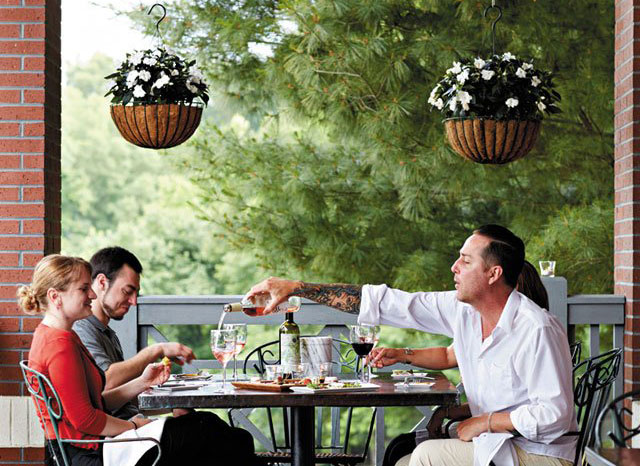
1. Take your restaurant/food outdoors
Move to outdoor seating and patio only options. Creating a space that allows people to social distance while being outdoors and not confined to one area minimizes the exchange of germs. Block off the street or turn your parking lot into an outdoor eating experience!
2. Collect COVID-19 tests before your event
Before your staff handles any food, you need to confirm there are zero infections amongst your workers; especially one’s handling the food. Have staff get tested days before your event and quarantine after to ensure they do not become infected during that small time period between getting the results and your event.
Better safe than sorry.
3. Create food safety handling guidelines
Your staff is handling the food, serving, and handing out items to your guests. It’s crucial they are briefed and understand the food safety protocols for your taste and food events.
Here’s what to include in your guidelines:
-
Proper hand washing techniques and how often to wash them
-
Washing protocols utensils and other kitchen tools
-
Cleaning produce and preparing other food before use
-
Checking for expiration dates
-
Proper uniform including masks, gloves, and hair pulled back and covered
-
How often to change their gloves and masks
4. Set up sanitation stations
Like any event, you need to have sanitation stations available through the venue. Hand washing areas, hand sanitizer dispensers and wipes.
5. Don’t serve finger foods!
The goal is to avoid the transfer of germs into our bodies.
The fastest entry points are through the eyes, nose and of course, the mouth. Finger foods are a terrible idea, especially during this pandemic, because it comprises using our fingers to serve food into our mouths.
No thank you.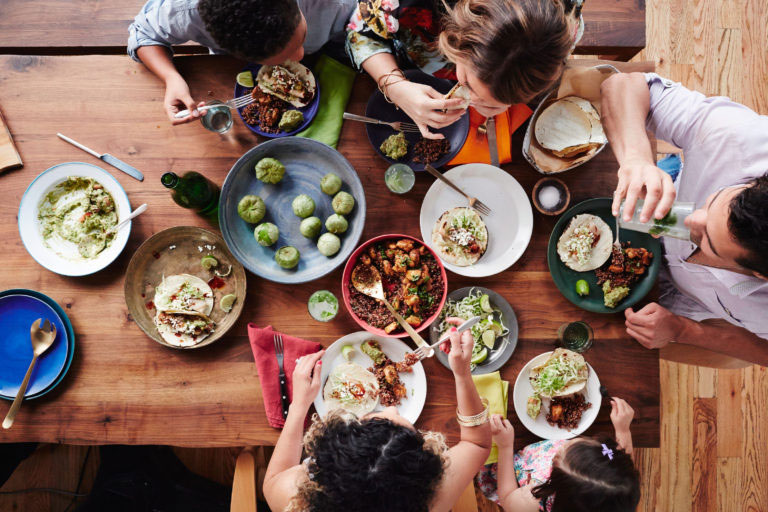
6. A ‘to-go’ experience
Another option for running a safe food experience is offering pre-packaged meals ready for pickup. If the goal is to avoid cancelling your event and allowing customers to experience your dishes, this might be the safest option.
People are coming and going, it’s not the event you had hoped for, but at least people can still pay for your food and beverages. Even if they aren’t staying, it’s a better option than cancelling your event completely.
7. Pre-packed meals
If you want guests to stay, but also want to avoid congestion and traffic, try placing pre-packaged meals at their seats or tables. Staff can have the boxed meals ready to go before the event and guests can get straight to their meals.
8. Avoid buffets or food trucks, instead try catering
Event planners like buffets, food trucks and vendors because it’s easy and less to worry about. People can serve themselves, stand in line and find the food they want. This also means cross-traffic, congested lines, multiple hands touching food, etc.
A breading ground for germs.
Instead, use catering so guests can remain at their seats and be served by staff practicing safe food handling.
9. If you can’t do outdoors, use an open-air environment
If an outdoor venue is an option, look for a venue indoors that has 5x the space size needed for your event. This ensures that there will be enough space for guests to social distance and move freely, with more airflow.
If you can, open window or doors to avoid creating a confined space.
10. Keep your kitchen staff to a minimum
Remember your staff needs to social distance too. Keeping the count of members working the kitchen not only creates more space, but limits the amount of people handling food. Let guests know ahead of time about these changes in case there are any delays from being understaffed.
11. Make everything throwaway
Saying this makes me cringe; such a waste of material and plastic!!
But what else can we do?
Reusing drink cups and utensils is the fastest ways to spread germs from person to server to another person. Make everything you use to serve food throwaway, requiring staff to serve beverages and food again in a different container than before.
*** Try using paper products when possible versus plastic… paper is a more eco-friendly for our earth!
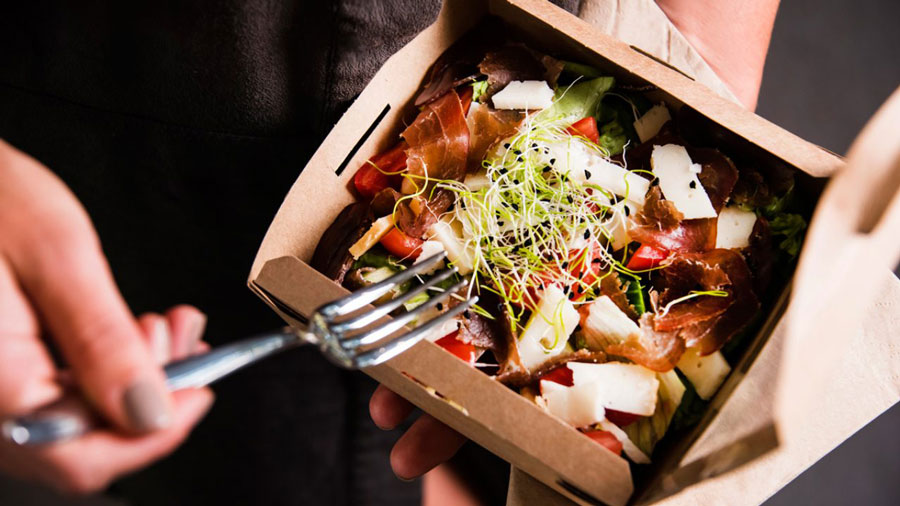
12. Serve immune boosting foods if possible
Choose your menu wisely. Try to incorporate more immune boosting foods, rich in antioxidants, micronutrients and fiber.
Why?
Our immune system protects us from viruses, germs and diseases. Why not help guests boost their systems while attending your event?
Some foods you can work into your meals:
-
Flax seed
-
Cruciferous vegetables
-
Berries and colorful fruit
-
Leafy greens and colorful veggies
-
Turmeric
-
Garlic
-
Ginger
-
Nuts and seeds
13. Hire a cleaning crew or assign shifts
No longer can you clean before and after your event.
Rather, staff needs to be cleaning before, during, during, during and after; around the clock wiping down surfaces, filling the hand sanitizers, cleaning the sanitation areas, etc. Assign shifts throughout your event to ensure everything is being disinfected after every use.
14. Take guests temperature before they enter the gate
Taking customers temperature might be the new protocol for events everywhere when things open up again. We aren’t talking under the armpit or tongue, but head guns for reading temperature quickly.
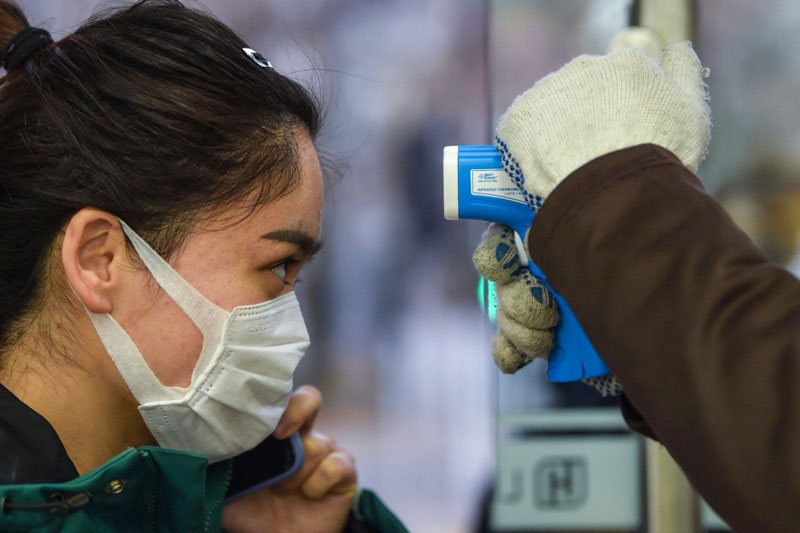
15. Develop a communication channel with future guests
There is always something new developing as this pandemic progresses.
With each new change, your event might be affected. That being said, you need to develop an effective channel for communicating to your guests about any changes made to your event.
If you’re a Purplepass users, we offer free tools that make reaching out effective and easy:
-
SMS messaging (short-message-service tool) - Learn More
-
Email integration options - Learn More
-
Email Customer tool - Learn More
16. Post a symptoms checklist
This can be posted to your website or handed out to staff.
If you expect people to stay home if sick or showing symptoms of the virus, it’s your job to also educate them on what to look for. A symptoms checklist can list out these common signs of COVID-19 to show people how to identify the virus.
-
Fever
-
Cough
-
Shortness of breath
-
Difficulty breathing
-
Headache
-
Loss of taste or smell
-
Congestion
-
Runny nose
-
Diarrhea
17. Change your marketing
The marketing business has changed dramatically since the introduction of COVID-19. Strategies are now directed towards remote workers, online platforms, streaming services and sanitation.
Previously, your promotion game plan would have comprised highlighting special guests, chiefs, plates, dishes, etc for your taste and food events. While you can still do that, your strategy should also include the concerns of attending an event during the pandemic.
Your campaigns should also be addressing the following common questions by customers:
-
Is your event safe and germ free?
-
Is there space to social distance?
-
How are you serving the food? Is it safe? Who is touching it before me?
-
What are the benefits of attending your event?
-
Will I be safe at your event?
-
How are you ensuring a clean environment?
-
Is this CDC approved?
18. How are you serving your drinks?
Whether it’s water or beer, you need to think about the exchanges made during your drink service. It’s best to use throwaway cups and have guests receive a new one for every drink ordered. Yes, it doesn’t look good, but eliminating germs and the chances of contamination is the number one priority.
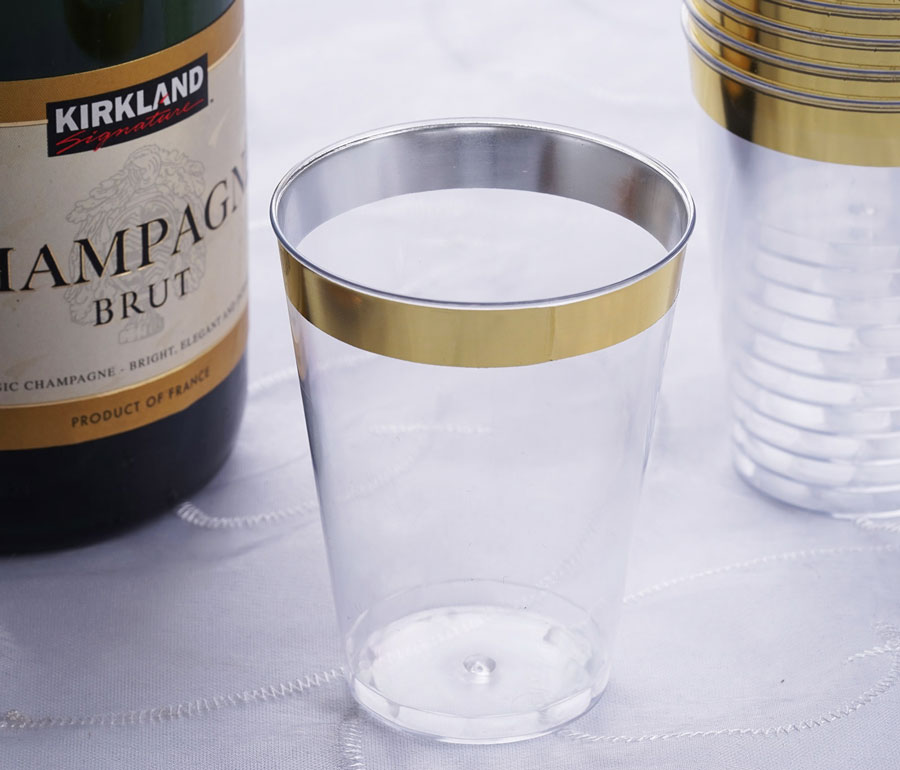
19. Eliminate exchanges made at the gate with online sales ONLY
We’ve talked about this before in our recent blogs, but here’s a quick checklist on ways you can create a touches event gate and ticket registration:
-
Use digital tickets only (avoid handing out physical ones)
-
Use wireless scanners for quick access at a distance
-
Only accept credit card
-
Require all purchases to be made online in advance
-
Use a credit card slider and let guests slide their own cards
-
Don’t offer printed receipts, only email confirmations
20. Use paper menus
Depending on your event, if there’s an array of food options, give each guest a paper menu to make their selection from. This eliminates traffic if they need to visit different spots to see each food item being offered.They can also throw their paper menus away after; less to clean up and disinfect.
If you want to try your way at producing a virtual taste event, be our guest! We truly believe food can't be experienced online. If you are planning a food-based event or have one coming up, follow these guidelines and remember to make the health of your guests your number one priority.
If that isn't possible, consider postponing your event.






